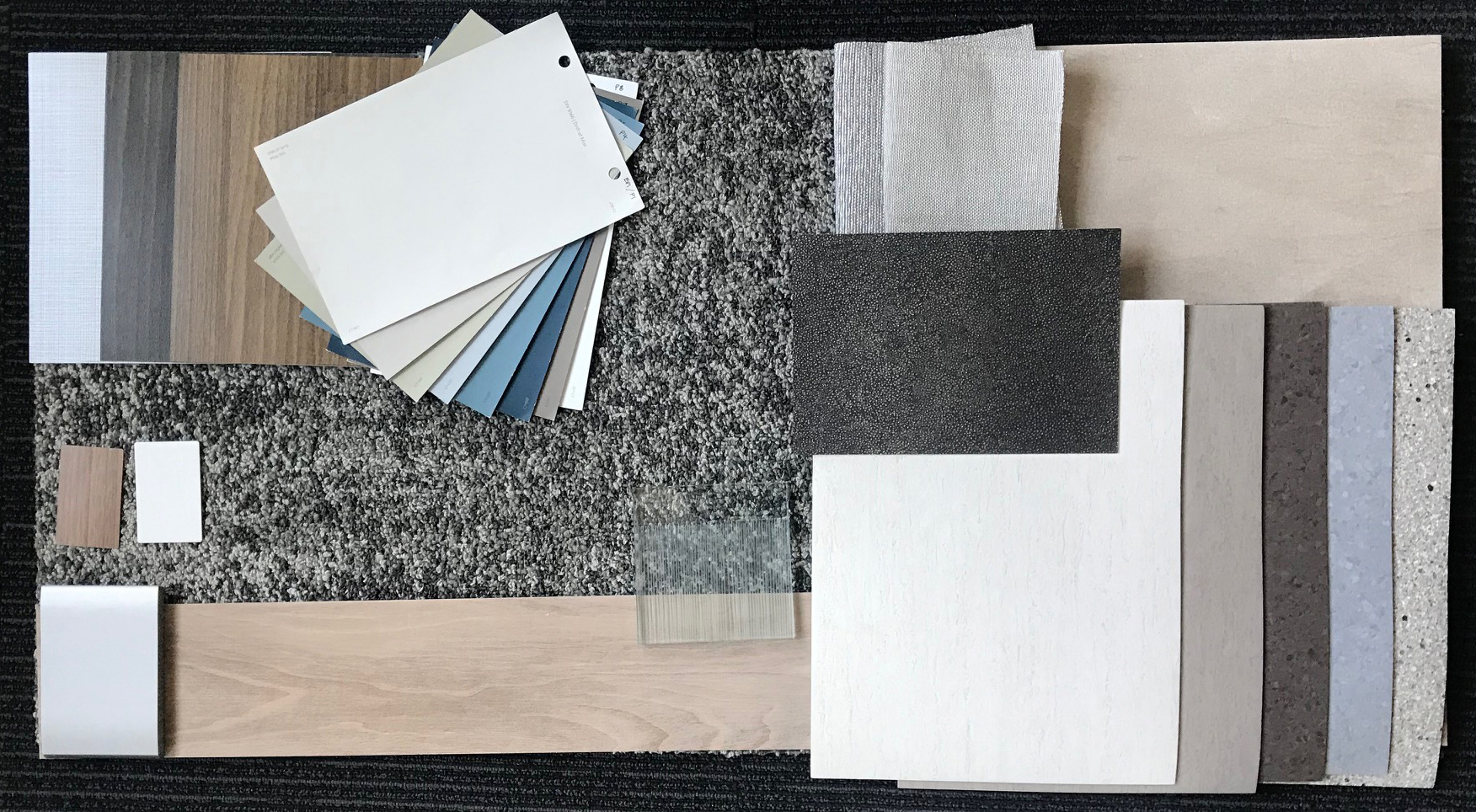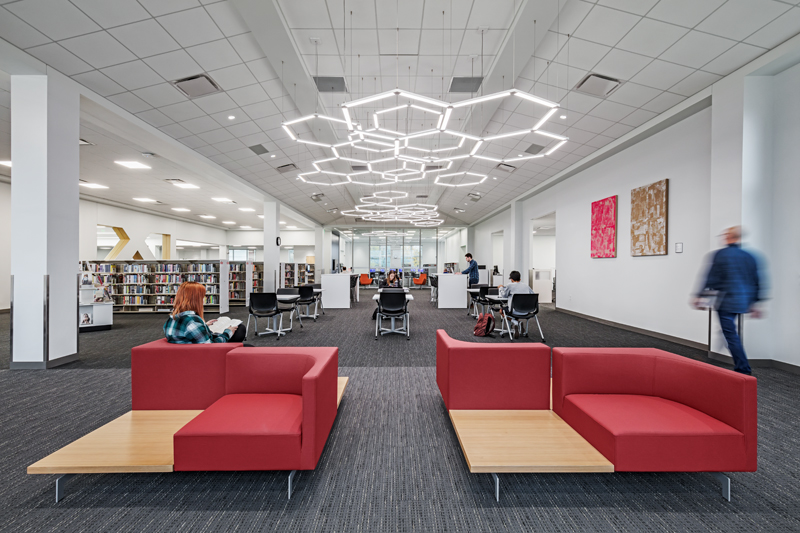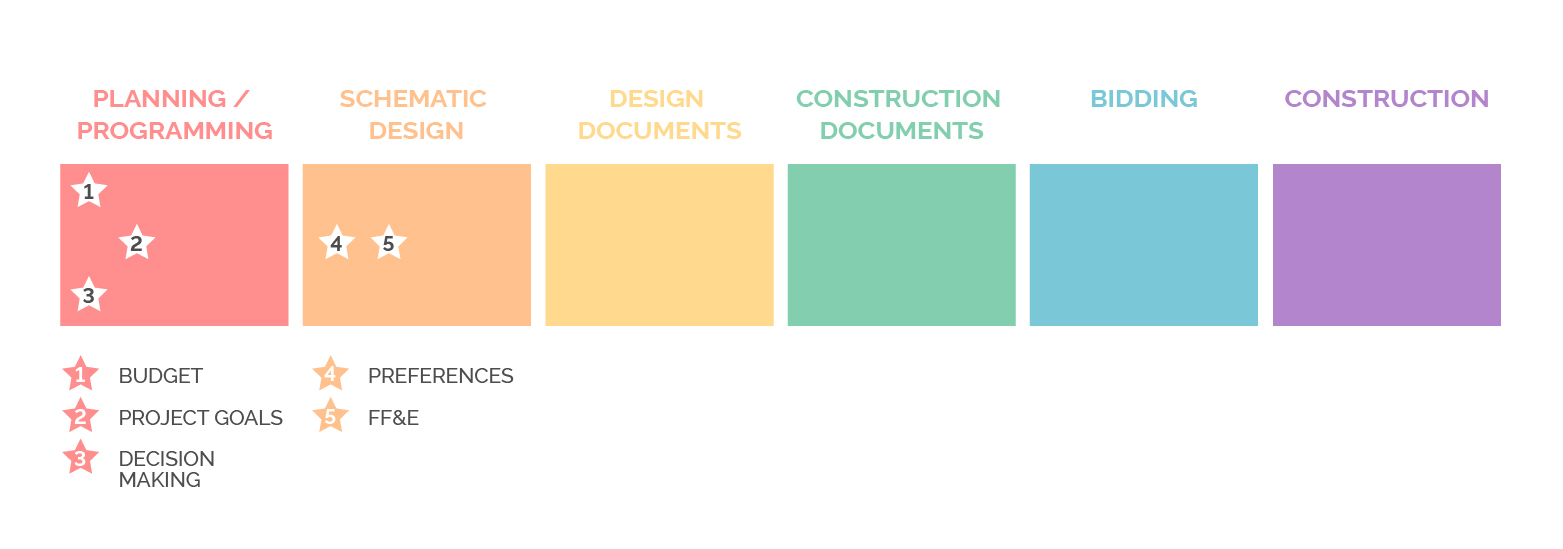Since you have decided to renovate or expand your existing building or construct a new one, and you have selected your architect, you may be wondering, “Now what? Are there specific things I should tell my architect?”

In a recent survey of architects and designers, 50% of whom have worked in the industry more than 20 years, I asked them to consider this same question. From interior designers to CEOs to project architects, their experiences range from healthcare and offices to higher education, civic, and multi-family residential projects. Despite the differences in project type, position, and years of experience of those surveyed, their feedback pointed to five key things you should tell your architect, and when to tell them, to aid in the success of your project.
- Budget
As architects, we take very seriously how your money is spent. Before putting pencil to paper, the most important item to tell your architect is your project budget. You should identify which portion of the total project cost is allocated for construction and for furnishings, equipment, and technology. Continually working with your budget in mind will save your team the difficulties of cutting project scope to realign with the budget later in the project process.
For example, one of DesignGroup’s healthcare projects kept budget as a primary focus. From project initiation, our design team partnered with the contractor, who provided budget information to assist in all decisions throughout the design process. Because the owner shared their project budget on day one and the design team made decisions with the budget in mind, the final construction bids came in within 1% of the initial budget.
-
Project Goals
What are the immediate goals for this project? What are the future goals for your facility? Is there a bigger picture? Taking time before design begins to generate project goals and referring to those goals throughout the design process will ensure that your new building meets the project intent.Goals provide a target and allow the design team to make recommendations to meet both immediate and future goals. If your architect is aware of the overall vision for your organization, your project can be designed now for easier integration with the big picture in the future. To allow the space to be successful for as many people as possible, incorporate feedback from staff and various building occupants to assist in defining goals. A team brainstorming session is an easy way to share ideas and find common viewpoints.

-
Decision Making
Are there internal policies that will affect or delay certain decisions? Do major decisions need to be approved by a governing committee?As a planner with 20+ years of experience notes, “Having a champion from [your] organization who is empowered to make those decisions and engaged in the process is critical to the success of a project.”
Setting up a communication chain-of-command at project inception reduces confusion for both you and the design team. While it takes an investment of time and effort, intentional decision-making with clear lines of communication will make the design process smoother and less stressful for everyone involved. The budget and project goals become the standards to inform each decision.
-
Preferences
During the schematic design phase of the project, it is helpful to share what preferences the organization or users have. These ideas could significantly influence the design and impact the cost of your project.For example, are there specific materials you do or do not want used? These will affect both cost and future maintenance needs. Have you toured another facility that has a feature or layout that you think would work well in your project? DesignGroup has coordinated tours at many facilities, allowing owners to experience other buildings and envision new ideas for their project. Sharing these preferences early in the design process allows the design team time to review and incorporate or propose alternative, similar solutions.

Example of a finish palette -
Furniture, Fixtures, and Equipment (FF&E)
These items require space and thoughtful incorporation into the building design. By compiling lists of FF&E and A/V technology and providing equipment data sheets to your architect during schematic design, you are giving your architect the necessary information to correctly size rooms and adjust the plan as needed to accommodate the equipment and furniture.If equipment documentation is not available, providing sizes (LxWxH), as well as electrical and plumbing requirements, will give the design team parameters with which to work. Also, let your architect know what items you or your current vendors will be providing so they can specify the remainder.

Columbus Metropolitan Library Hilliard Branch
While the top five factors outlined above are vital to the success of your project, the timing of when to share that information is equally important. Information shared too late in the design process may cause costly design changes and may delay the project. When in doubt, share information early.

Providing this information at the appropriate times allows your architect to design the project that maintains your budget, meets your project goals and preferences, and accommodates the desired furniture and equipment.
Now it is your turn. As an owner, what things do you wish your architects and designers would tell you? Please email me at aradcliff@designgroup.us.com.

Alicia Radcliff, NCARB, ACHA, AIA, LEED AP BD+C // Healthcare Planner, Project Architect
Alicia Radcliff is passionate about healthcare design. She approaches healthcare planning and design with an eye towards creating efficient solutions for her healthcare clients by listening to them describe their workflow and engaging them in the design process. As a board-certified architect with nearly 20 years of experience, she uses her strong technical and building code background to develop healthcare specific environments. Alicia facilitates planning and design discussions to streamline staff workflows and simplify the patient experience to deliver an exciting new project tailored to each client.
.
